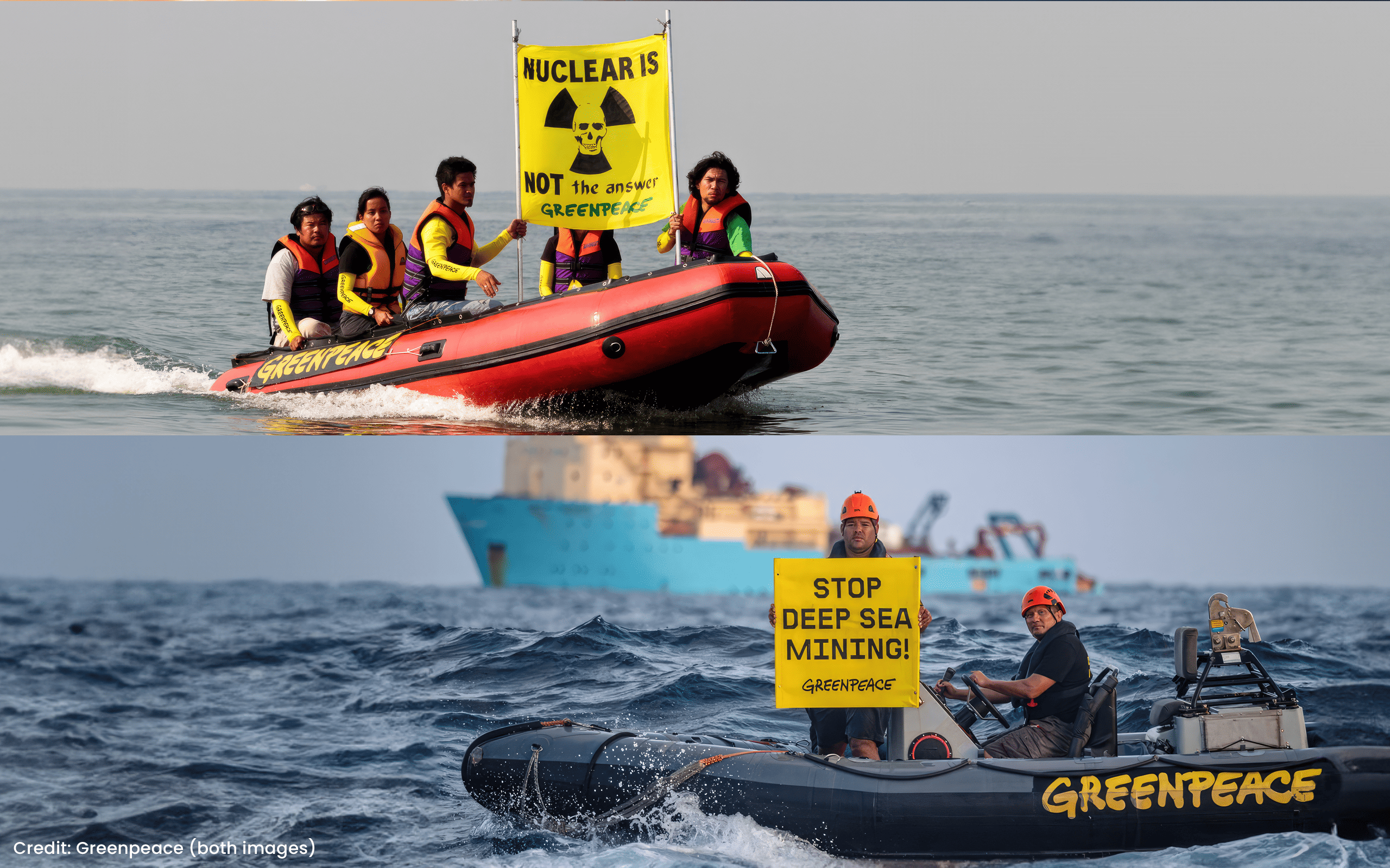The world’s first commercial nuclear power station, Calder Hall at Windscale, England, was connected to the national power grid on 27 August 1956. From 1960 to 1990, over 100 nuclear power stations were built in the U.S.
Unfortunately, NGOs (Non-Governmental Organizations) such as Greenpeace and the Chornobyl disaster in 1986 significantly impacted public perception of nuclear power, such that many existing nuclear power stations were closed and few power stations opened. Investment and innovation in safe, clean, and low-cost nuclear power stopped.
In an interview with NewsNation, Dr. Patrick Moore, co-founder and former director of Greenpeace, strongly disagreed with Greenpeace’s antinuclear position. He said that there are more than 100 operational nuclear power plants in the United States and Canada, and none of them have ever caused an injury or death from radiation or an accident.
We now know that fossil fuels are the primary contributor to the climate emergency and that global air pollution deaths due to fossil fuels have been estimated at over 8 million people in 20181 and at 10.2 million in 20192.
The latest National Nuclear Energy Public Opinion Survey conducted by Bisconti Research has found for the third year in a row that more than 75 percent of the U.S. public supports nuclear energy. In addition, approximately 70 percent of the public supports building additional nuclear power plants in the United States.
People now accept that as we move away from fossil fuels to renewable energy, we will require nuclear power to complement the intermittent generation from solar and wind. Nuclear power emits zero air pollutants, and new technology, such as small modular reactors (SMRs), provides flexible, safe, and affordable power generation. Today, there are more than 80 unique SMR designs under development.
If Greenpeace and other NGOs had not turned public opinion away from nuclear power in the 1990s, we would not have lost over two decades of innovation. We might well have avoided the worst impacts of the climate crisis and saved millions of people from dying each year from pollution deaths.
The environmental impact assessment and other regulations are now so high that the costs for building nuclear power and the build timeline are significantly higher. This impacts investment and delays adoption.
The same NGOs are now trying to stop deep sea mining. I understand that land-based mining has caused and continues to cause huge ESG (environmental, social, and governance) destruction, but new technology will enable deep sea mining to be done with a fraction of the impact. We need an environmental impact assessment for deep sea mining, but we do not want to add massive costs and delays with redundant effort.
We cannot allow the extreme NGOs to repeat the mistakes of the past and delay the best opportunity we have to provide the critical minerals we need to solve the climate crisis with the least ESG impact.
1. February 19; Chaisson, 2021 Clara. “Fossil Fuel Air Pollution Kills One in Five People”. NRDC. Retrieved 5 April 2022.
2. Vohra, Karn; Vodonos, Alina; Schwartz, Joel; Marais, Eloise A.; Sulprizio, Melissa P.; Mickley, Loretta J. (April 2021). “Global mortality from outdoor fine particle pollution generated by fossil fuel combustion: Results from GEOS-Chem”.

